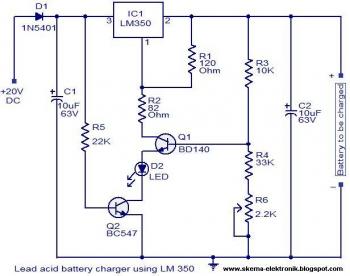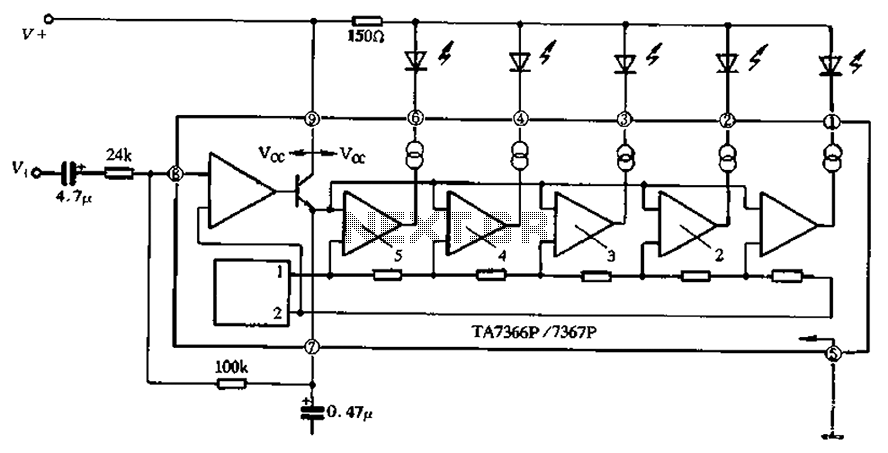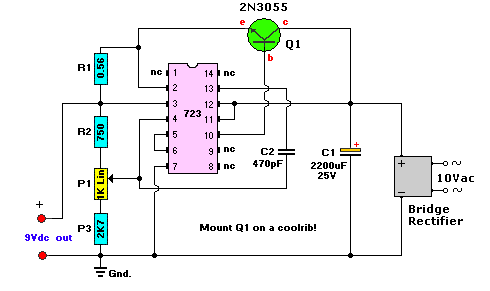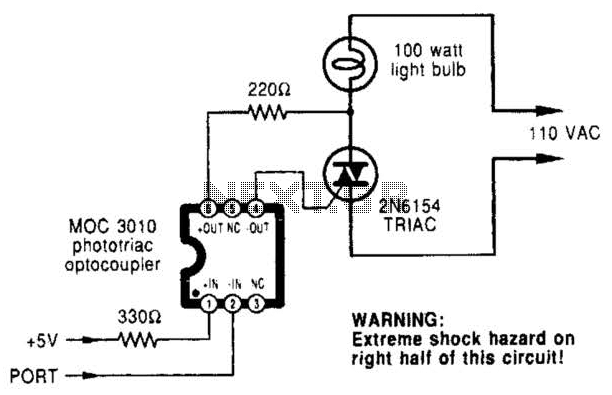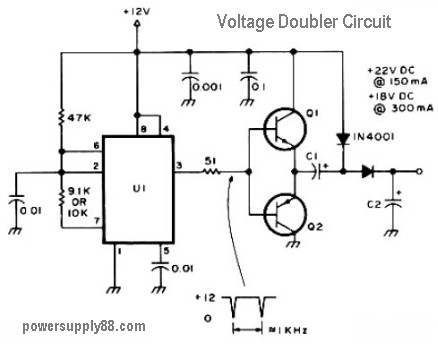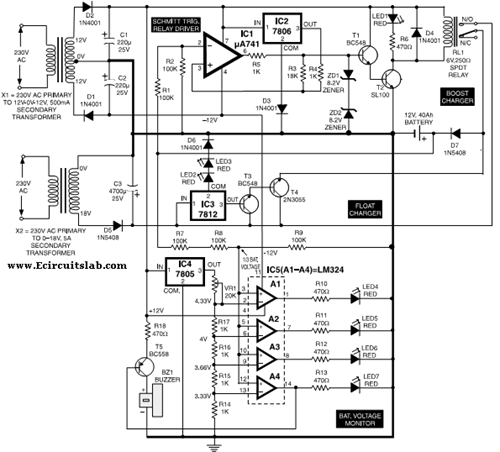
Simple AC short circuit protection
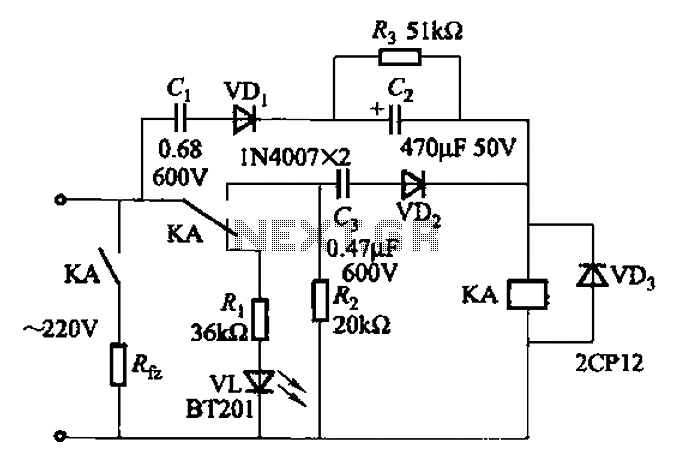
The AC power supply voltage is normal, and a relay is connected to the load (Rfz) circuit. In the event of a load short-circuit failure, the voltage across relay KA drops rapidly, causing KA to release and disconnect the load. Simultaneously, the light-emitting diode (LED) tube VL illuminates to indicate that a short circuit has occurred.
The described circuit serves as a protective mechanism for electrical systems, specifically designed to monitor the load connected to an AC power supply. The relay (KA) acts as a switch that controls the connection between the power supply and the load (Rfz). Under normal operating conditions, the relay remains energized, allowing current to flow to the load.
In the event of a short circuit, which is characterized by a sudden drop in resistance, the voltage across the relay coil (KA) decreases sharply. This voltage drop triggers the relay to de-energize, effectively opening the circuit and disconnecting the load from the power supply. This rapid response is crucial for preventing damage to the load and reducing the risk of fire or other hazards associated with electrical faults.
The LED tube (VL) serves as a visual indicator of the short-circuit condition. When the relay releases due to the voltage drop, the LED is powered, illuminating to alert users of the fault condition. This feature enhances the safety and reliability of the system, allowing for immediate identification of issues that require attention.
Overall, this circuit design is essential for ensuring the protection of electrical loads in AC power applications, providing both automatic disconnection in fault conditions and visual feedback for maintenance and troubleshooting purposes.AC power supply voltage is normal, relay, connected to the load (Rfz) circuit. When the load short-circuit failure, KA voltage drop across quickly, KA release, cut off the load circuit. Meanwhile, the light emitting diode tube VL lights indicating the short circuit occurs.
The described circuit serves as a protective mechanism for electrical systems, specifically designed to monitor the load connected to an AC power supply. The relay (KA) acts as a switch that controls the connection between the power supply and the load (Rfz). Under normal operating conditions, the relay remains energized, allowing current to flow to the load.
In the event of a short circuit, which is characterized by a sudden drop in resistance, the voltage across the relay coil (KA) decreases sharply. This voltage drop triggers the relay to de-energize, effectively opening the circuit and disconnecting the load from the power supply. This rapid response is crucial for preventing damage to the load and reducing the risk of fire or other hazards associated with electrical faults.
The LED tube (VL) serves as a visual indicator of the short-circuit condition. When the relay releases due to the voltage drop, the LED is powered, illuminating to alert users of the fault condition. This feature enhances the safety and reliability of the system, allowing for immediate identification of issues that require attention.
Overall, this circuit design is essential for ensuring the protection of electrical loads in AC power applications, providing both automatic disconnection in fault conditions and visual feedback for maintenance and troubleshooting purposes.AC power supply voltage is normal, relay, connected to the load (Rfz) circuit. When the load short-circuit failure, KA voltage drop across quickly, KA release, cut off the load circuit. Meanwhile, the light emitting diode tube VL lights indicating the short circuit occurs.
